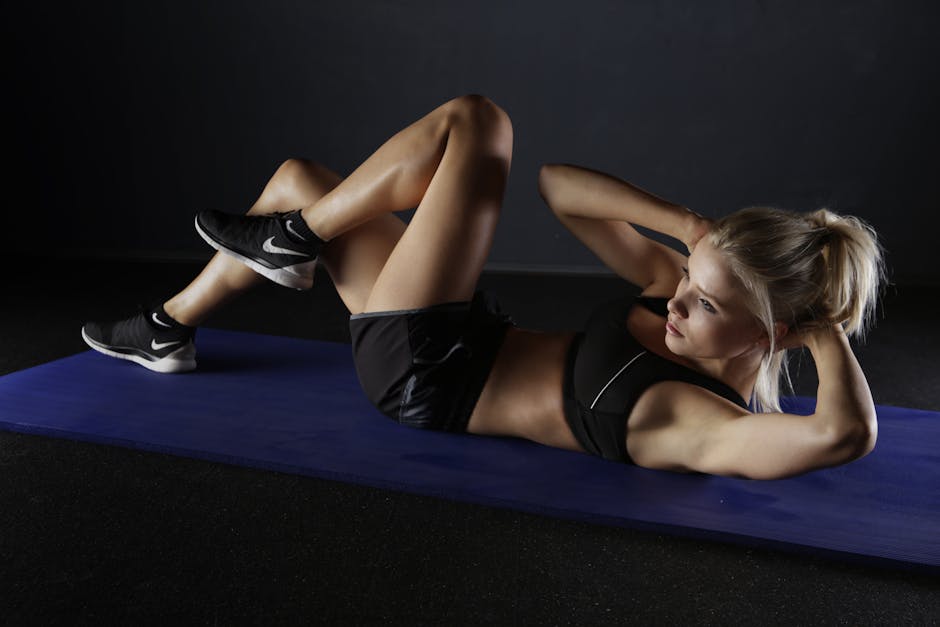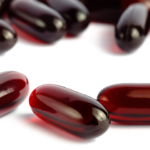Fitness Gloves: Your Guide to the Perfect Pair
Choosing the right pair of fitness gloves can significantly enhance your workout experience, offering protection, improved grip, and enhanced comfort. However, navigating the vast market of options can be daunting. This comprehensive guide breaks down everything you need to know to find the perfect pair for your specific needs.
Understanding Your Fitness Goals:
Before diving into features and materials, identify your primary fitness activities. Different activities demand different glove characteristics. Weightlifting requires gloves prioritizing wrist support and palm protection, while calisthenics might favor breathability and dexterity. Consider these key activities:
- Weightlifting: Focus on padded palms, wrist wraps, and durable materials.
- CrossFit: Seek versatility, combining protection with breathability and flexibility.
- Calisthenics: Prioritize dexterity, breathability, and minimal padding.
- Cycling: Look for gloves with gel padding and breathable materials for shock absorption and comfort.
Key Features to Consider:
Several crucial features distinguish fitness gloves. Understanding these will help you narrow your choices:
-
Padding: The level of padding is critical. Heavily padded gloves offer superior protection against calluses and blisters, particularly beneficial for weightlifting. However, excessive padding can hinder dexterity and grip. Lightweight padding is ideal for activities requiring more finesse. Look for strategically placed padding in high-impact areas like the palms and heels.
-
Wrist Support: Wrist wraps integrated into the gloves provide crucial stability and prevent injuries, especially during heavy lifting. Adjustable straps allow for customized support levels, catering to individual needs and wrist sizes. Consider the material and construction of the wrist wrap; durable, supportive materials are essential.
-
Material: The material influences durability, breathability, and grip. Common materials include:
- Leather: Durable, provides excellent grip, and conforms to your hand over time. However, leather can be less breathable and requires more maintenance.
- Neoprene: Offers good support and compression, enhancing blood flow and reducing muscle fatigue. It’s often used in combination with other materials.
- Nylon/Polyester blends: Breathable and lightweight options, ideal for high-intensity activities. However, they may offer less protection than leather or neoprene.
- Synthetic Leather: A cost-effective alternative to real leather, offering decent durability and grip, often more breathable than genuine leather.
-
Grip: The grip material directly affects your control and safety during exercises. Look for gloves with textured palms or specialized grip enhancements. Silicone or rubber grips provide excellent traction, particularly on weights or gym equipment. Consider the type of exercise; some activities may require a firmer grip than others.
-
Breathability: Preventing sweaty hands is essential for comfort and hygiene. Breathable materials, strategic ventilation holes, or mesh panels are vital, especially during intense workouts. Consider the climate you typically train in; increased breathability is crucial in warmer environments.
-
Fit and Sizing: Proper fit is paramount for comfort and effectiveness. Gloves that are too tight can restrict blood flow and cause discomfort, while those that are too loose may offer inadequate support. Consult the manufacturer’s size chart carefully and consider measuring your hand circumference and length for accurate sizing. Consider trying gloves on if possible before purchasing.
-
Durability: The longevity of your gloves depends on the materials and construction. Reinforced stitching, durable materials, and quality craftsmanship contribute to extended lifespan. Consider the frequency and intensity of your workouts when evaluating durability.
Different Types of Fitness Gloves:
The market offers various glove styles catering to specific needs:
-
Weightlifting Gloves: These are typically heavily padded, featuring wrist wraps for enhanced support. They prioritize protection against calluses and blisters during heavy lifting exercises.
-
CrossFit Gloves: Designed for versatility, these gloves blend protection with breathability and dexterity. They often feature moderate padding and are suitable for a wide range of movements.
-
Gymnastics Gloves: Prioritizing dexterity and grip, these gloves offer minimal padding and are ideal for calisthenics, gymnastics, and other activities requiring precision.
-
Cycling Gloves: These gloves primarily focus on shock absorption and comfort, often featuring gel padding and breathable materials to protect the hands during cycling.
Choosing the Right Gloves Based on Your Needs:
-
Beginner Weightlifters: Opt for gloves with ample padding, secure wrist wraps, and durable materials for protection and support.
-
Experienced Weightlifters: Consider gloves offering a balance between protection, grip, and breathability. You might prioritize durability and specific features like reinforced stitching.
-
CrossFit Athletes: Seek versatile gloves that prioritize both protection and dexterity, allowing for a wide range of movements.
-
Calisthenics Enthusiasts: Choose gloves with minimal padding and maximum breathability, focusing on enhanced grip and dexterity.
Care and Maintenance:
Proper care extends the lifespan of your fitness gloves. Always follow the manufacturer’s cleaning instructions. Air-drying is preferred over machine washing or drying, which can damage the materials. Regularly inspect your gloves for wear and tear and replace them if necessary to ensure optimal safety and performance.
Brands and Price Points:
Numerous brands offer fitness gloves at various price points. Research different brands and read reviews before purchasing to find a balance between quality, features, and budget. Don’t solely focus on the price; consider the durability, features, and comfort offered by different options. Investing in a high-quality pair often translates to longer lifespan and improved workout experience.





